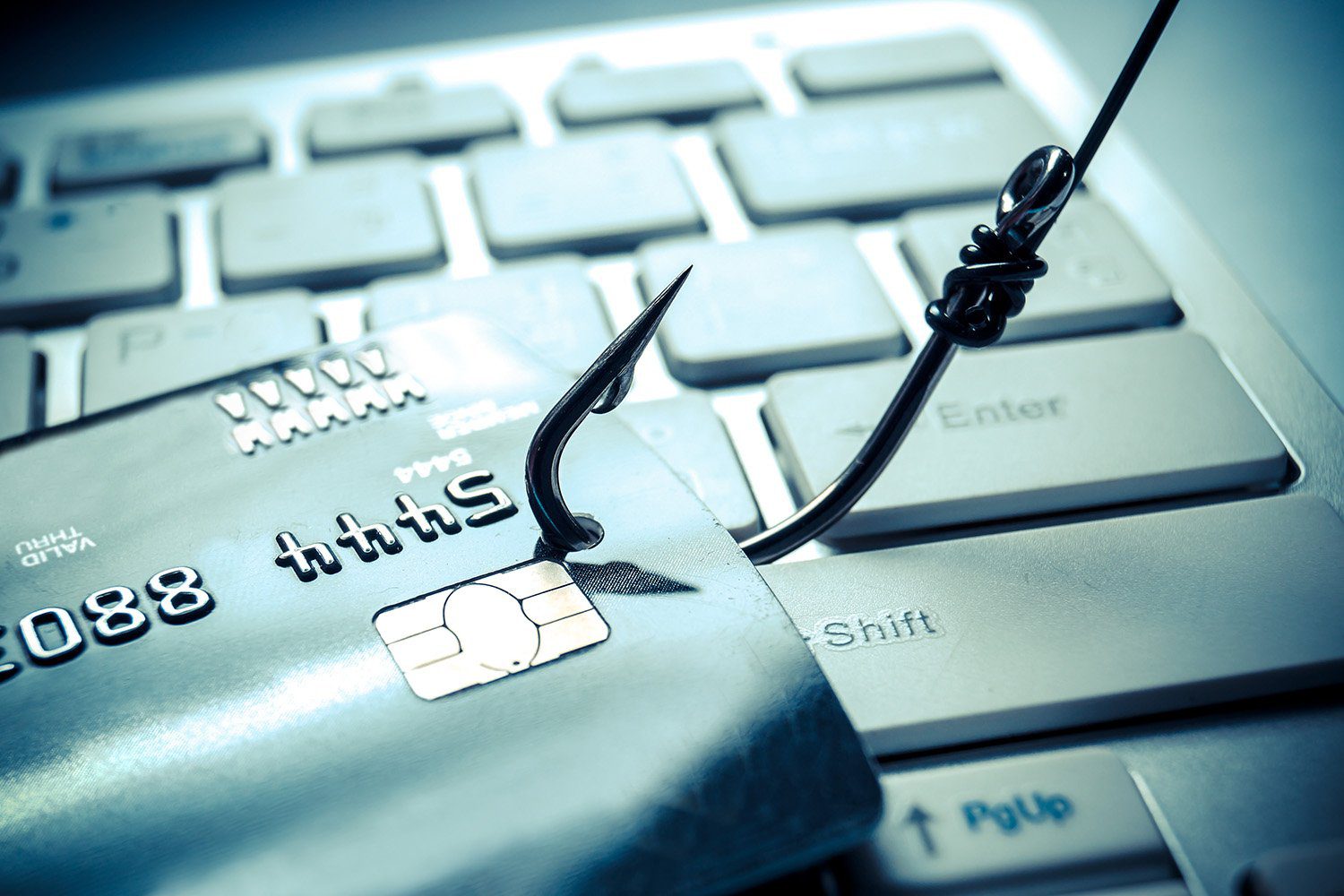Phishing attacks are among the most prevalent and dangerous cybersecurity threats today. Hackers use phishing to trick people into revealing sensitive information, such as passwords, credit card numbers, and Social Security numbers, often by pretending to be someone they trust. Recognizing common phishing tactics can help protect you and your business from becoming the next victim. Below, we’ll look at some common tactics used by cybercriminals and give you practical tips on how to identify and avoid them.
1. The “Urgent Action Required” Email
One of the oldest tricks in the phishing book is sending an email with a subject line or message that creates a sense of urgency. Messages like, “Your account will be locked unless you act immediately!” or “Payment failed, action required now!” try to panic the reader into making a rash decision.
How to Identify It:
- Look for words like “urgent,” “action required,” or “immediate attention” that create a sense of haste.
- Verify the sender’s email address. Phishers often use slightly altered addresses to mimic trusted ones (e.g., “support@paypal-services.com” instead of “support@paypal.com“).
- When in doubt, log in to your account through the official website, not through links in the email.
2. The “Trusted Brand Impersonation” Scam
Phishers frequently impersonate well-known brands, like Amazon, Netflix, Microsoft, or your bank, to gain your trust. They may claim your account has an issue or offer you a special discount that requires immediate action.
How to Identify It:
- Check the domain name carefully. Phishing emails may come from domains that look similar but have slight differences (e.g., “netf1ix.com” instead of “netflix.com”).
- Look for generic greetings, like “Dear Customer,” as real brands often address you by name.
- Avoid clicking on any links. Instead, open a new browser window and go to the website directly.
3. The “Spoofed Website” Attack
Some phishing attacks use emails or messages that link to fake websites designed to look like legitimate ones. These sites may copy the appearance of familiar brands, including their logos, fonts, and colors, to convince you to enter sensitive information.
How to Identify It:
- Always check the URL for subtle misspellings, extra letters, or strange extensions (e.g., “.xyz” instead of “.com”).
- Look for a secure connection symbol (padlock icon) next to the URL. While not foolproof, legitimate websites often have HTTPS in the URL, while phishing sites may not.
- Be cautious if the website seems poorly designed or has an unusual number of pop-ups—these can be indicators of a spoofed site.
4. The “Fake Attachment” Trick
Some phishing emails contain malicious attachments that appear to be legitimate documents, like invoices, contracts, or delivery notices. When downloaded or opened, these files can install malware on your device, allowing attackers to steal information or control your computer.
How to Identify It:
- Be cautious of unexpected attachments, especially if the file extension is .exe, .zip, .js, or other formats that can carry malware.
- If the email claims to be from someone you know but the message seems odd, contact them directly to confirm its legitimacy before opening any attachment.
- Use antivirus software that can scan email attachments for malware before you open them.
5. The “Social Media Phishing” Trap
Phishers don’t limit themselves to email—they also target people on social media platforms like Facebook, Twitter, and LinkedIn. They might impersonate a friend, employer, or follower to build rapport and convince you to click on a malicious link or share sensitive information.
How to Identify It:
- Be skeptical of messages from unfamiliar accounts or connections, especially if they ask for personal details or seem unusual for that person.
- Avoid clicking on links sent through social media from people you don’t know.
- Enable multi-factor authentication on your social media accounts to add an extra layer of security.
6. The “Spear Phishing” Technique
Spear phishing is a highly targeted form of phishing aimed at specific individuals or companies. The attacker may use details they know about you, such as your job title, recent purchases, or personal contacts, to make their message more convincing. This is particularly common in business environments where attackers might pose as a boss, client, or supplier.
How to Identify It:
- Be wary if someone you know, especially in a professional setting, is making unusual requests (like asking for money transfers or confidential information).
- Confirm the identity of the sender through another communication channel, like a phone call or in-person conversation, especially for high-stakes requests.
- If the email contains industry-specific terminology but feels off, it might be a spear phishing attempt using details gathered from social media or LinkedIn.
Conclusion
Phishing attacks continue to evolve, but by staying vigilant and learning to recognize the signs, you can protect yourself and your organization from these schemes. Always be cautious of messages that create urgency, impersonate trusted brands, contain unexpected attachments, or ask for sensitive information. When in doubt, it’s better to verify a request than to risk a breach. Educating yourself and your team is one of the best defenses against phishing and other cyber threats. Stay aware, stay secure!

